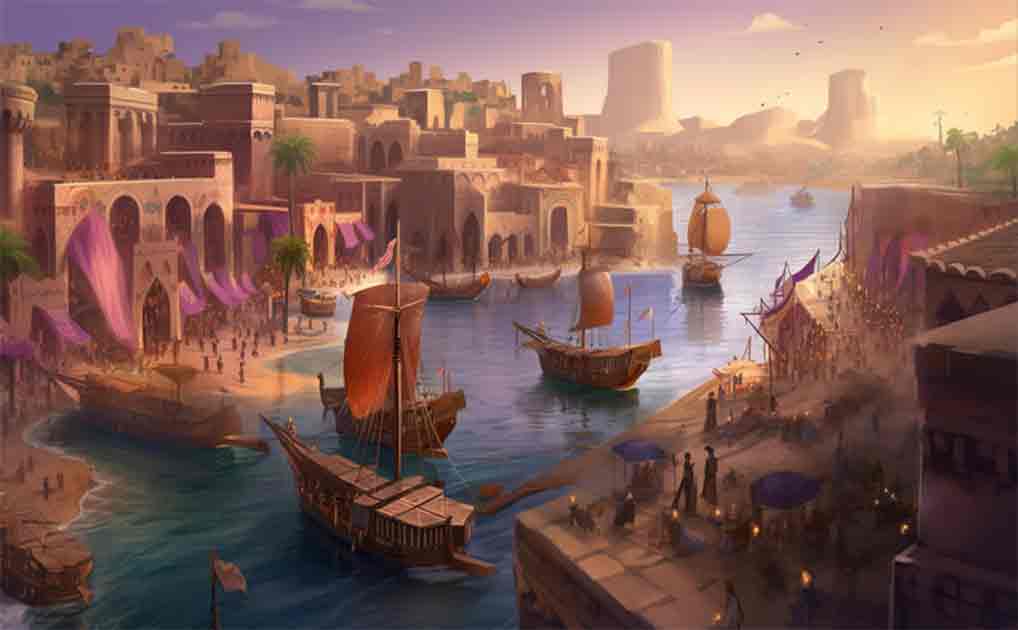Unraveling the History of the Ancient Phoenicians (Video)
The Phoenicians, flourishing between 1500 and 300 BC, were a maritime powerhouse whose influence stretched across the ancient Mediterranean world. Originating from the coastal regions of what is now Lebanon, they established a network of city-states like Tyre and Sidon that became hubs of trade, innovation, and cultural exchange.
- The Phoenicians: Mysterious Merchant Mariners Whose Inventions Impacted the World Forever
- The Phoenician city of Tyre - A rich history of industry, mythology and conflict
At the heart of Phoenician prosperity lay their mastery of seafaring. Their advanced shipbuilding techniques, including the construction of sturdy vessels such as the galley and the bireme, allowed them to navigate the treacherous waters of the Mediterranean with ease. This maritime expertise facilitated extensive trade routes, connecting Phoenician ports with distant lands as far as Spain, North Africa, and even Britain. Through these trade networks, the Phoenicians exchanged goods such as textiles, pottery, metals, and luxury items like ivory, spices, and precious metals.
Furthermore, the Phoenicians were renowned for their craftsmanship, particularly in the production of purple dye extracted from the murex shellfish. This prized dye, known as "Tyrian purple," was highly sought after by royalty and nobility throughout the ancient world, symbolizing wealth and status.
Another enduring legacy of the Phoenicians is their contribution to the development of the alphabet. The Phoenician alphabet, consisting primarily of consonantal characters, served as the precursor to numerous writing systems, including Greek, Latin, and ultimately the modern Western alphabet.
In essence, the Phoenicians were pioneers of maritime trade, skilled artisans, and trailblazers in the realm of writing. Their legacy continues to resonate in the cultural, economic, and linguistic landscape of the Mediterranean and beyond.
Top image: A captivating digital illustration showcasing the bustling life of an ancient Phoenician port city, featuring merchants actively trading goods, a harbor filled with colorful sailboats. Source: Kristian/Adobe Stock

















Comments
The Phoenicians were the first to use Ursa Minor as an orientation reference, since they used to sail a lot during night to avoid been followed by competitors. Homer presents then as cunning merchants / slave traders.
I must have missed the bits about sacred prostitution and child sacrifice...
Or do they not fit the narrative?
As for the Phoenecians invention of the alphabet, this may simply be another falsehood of history. As a maritime trading power, the Phoenecians popularised the alphabet, but they may not have invented it. They may have merely copied their literate Hebrew neighbours.
However, as old-time Hebrews wotshipped God and Phoenecians worshipped Baal instead, the latter are the preferred ones today in a world where Baal-worshippers rule. Pretend Jews are fine, though, because Baal likes pretence. Thus, much of accepted 'history' would be agreeable to Baal.